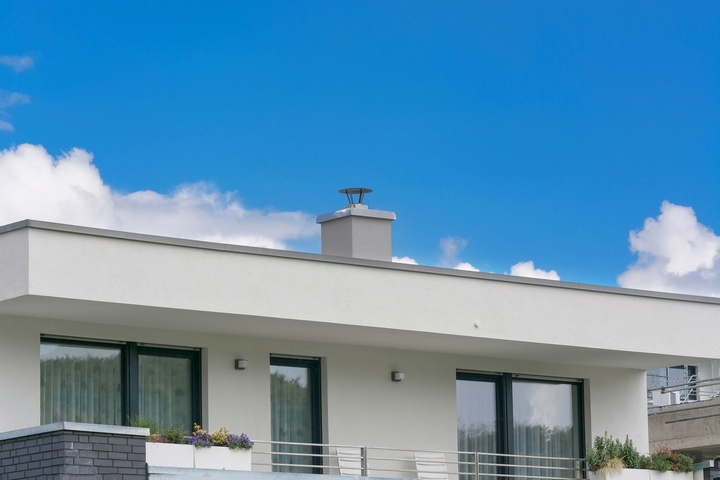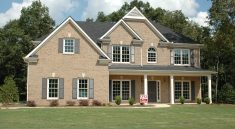A flat roof provides several benefits for homes that need a new roof and want to update an existing roof, as does a pitched roof. Trying to decide which is best for your property is tricky.
Depending on the climate, type of property, and various other factors, including personal preference, one might easily come out in front of the other. However, an argument can be made for both types of roofs.
Dr. Bob Rotella: My 10 Rules On Mental Fitness | Golf Digest dbol steroids Fuel Your Fitness on a Budget | Nutrition | MyFitnessPal
This comparison guide will examine the flat roof vs pitched roof debate. We will compare the different pros and cons of each roofing system. Which is the better option?
Flat Roof vs Pitched Roof
The style of your property may dictate a flat roof or a pitched roof to be better. Many commercial buildings opt for a flat roof, while residential homes favour pitched roofs. Ultimately, this doesn’t mean these are the better choices in residential or commercial roof installation. Simply, it means these are the more common choices and are often in line with the building’s style.
Costs – Winner: Flat roofs
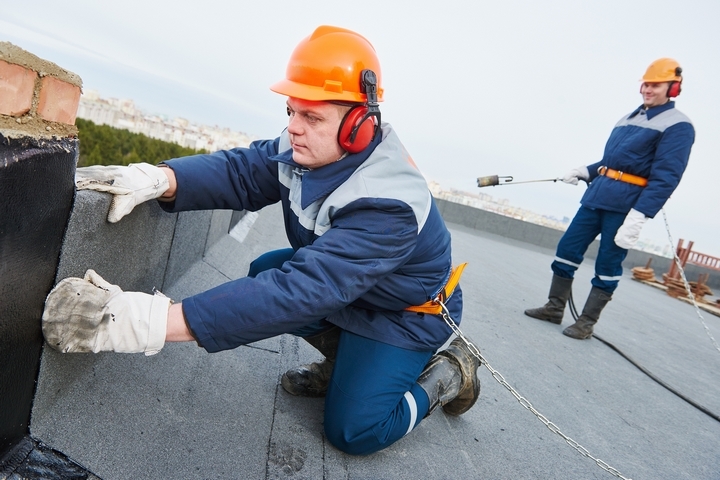
A flat roof is not very expensive to install. You can contact a professional company like SKP Roofing, which offers competitive rates and gets the job done quickly. In contrast, a pitched roof often requires more cost. That’s because the roof installation takes longer and requires more material than the average flat roof.
In addition, labour costs are typically lower in installing a flat roof as it’s much less complicated to set. While maintenance concerns some flat roof homeowners, they’re fairly simple to repair. They can be quickly fixed by skilled workers who know what’s needed in such a design.
Usage – Winner: Flat Roofs
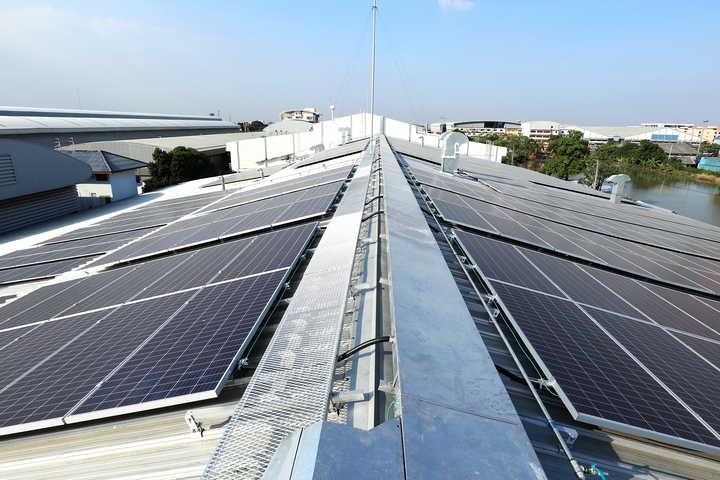
A sloped roof is unusable. You can’t walk on it or build on it. An accessible flat roof, however, is capable of being converted into a deck, garden, or relaxation space. It’s almost like adding square footage onto your home in a way.
Flat roofs are very accommodating to installing solar panels, which, to be fair, is also possible with pitched roofs. Where flat roofs exceed the function of pitched roofs are with the available space, they offer for holding HVAC units. It’s safer to install a commercial-grade HVAC unit on a flat roof than on a pitched roof.
Storage space – Winner: Flat roofs
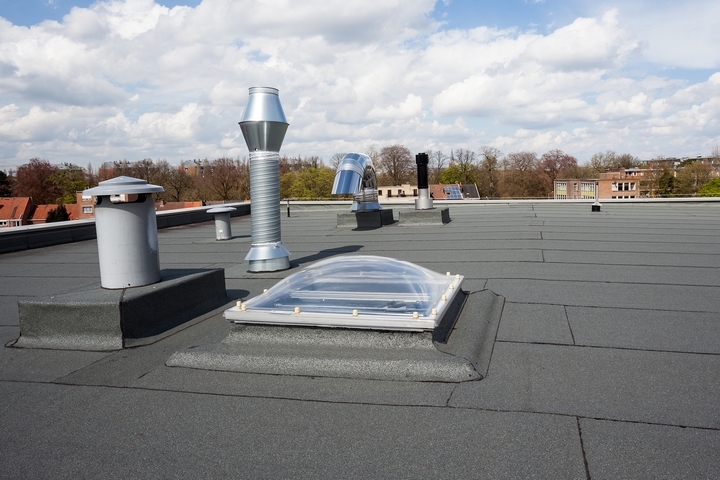
You often get a triangular attic space with a pitched roof, but with a flat roof, you get an entire floor. In some cases, you also get to use some or all of the space on top of a flat roof. The storage provided by both roof types can be weighed in deciding to design your preferred property.
Unlike the name would indicate, flat roofs aren’t consistently flat. They often have a slight slope that’s barely detectable. This is necessary to help move precipitation towards the gutters and avoid the risk of a leak.
Maintenance – Winner: Tied
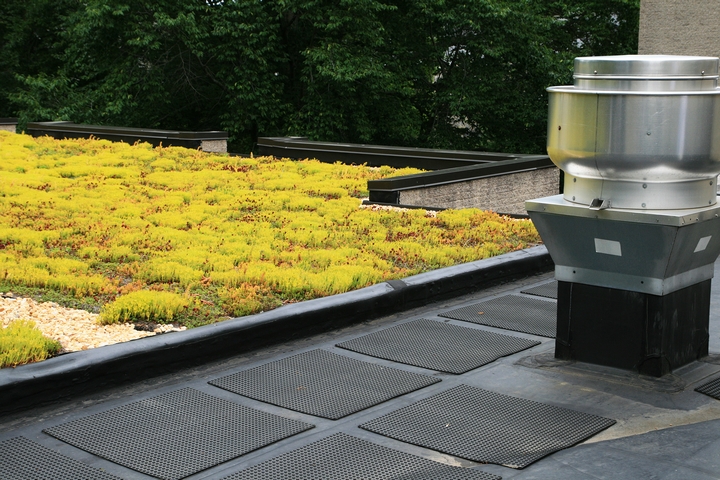
A pitched roof presents an immediately-visible hazard. A flat roof is much easier to walk on, making maintenance easier. A flat roof should be inspected yearly to identify problems and fix them before they progress to a more expensive fix.
However, flat roofs do not benefit from a pitch to let the snow and rain slide off. The potential for water leaks is increased with a flat roof. The lack of a pitch also means more likeliness that wear-and-tear will present.
Aesthetic – Winner: Flat roofs
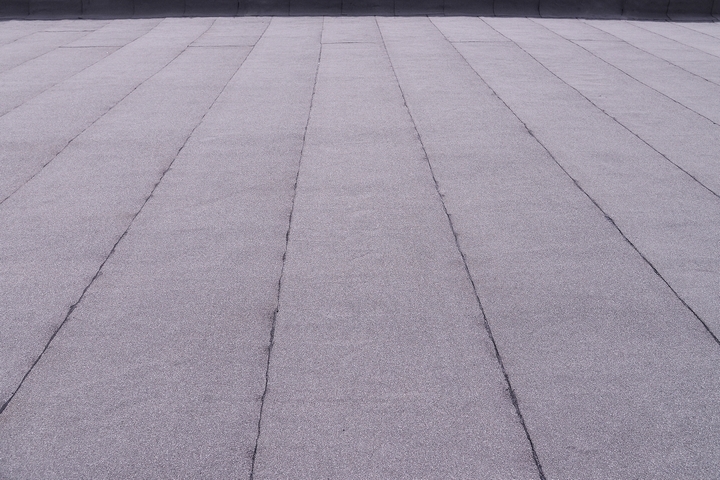
Flat roofs are generally seen as more adaptable to different home styles. A pitched roof has a specific look. They don’t always match modern, contemporary home styles. A flat roof ties together a design aesthetic a little more naturally. That said, they’re… well, they’re flat. There’s not a whole lot of shape to a flat roof, so you lose out on the impression that a pitched roof or a more elaborate roof shape may have.
Longevity – Winner: Pitched roofs
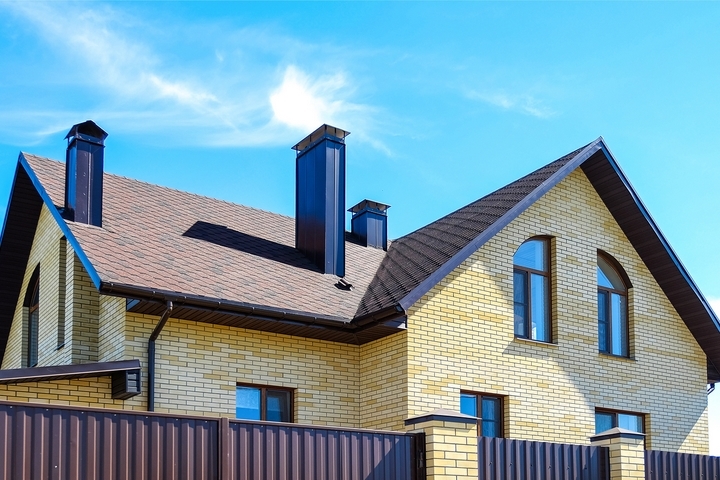
Pitched roofs are generally believed to require less upkeep and last longer due to their design. However, lifespan varies according to material, installation, and other factors. Most pitched roofs tend to last from 20-50 years, compared to flat roofs, which have a life expectancy between 15-25 years.
Energy efficiency – Winner: Pitched roofs
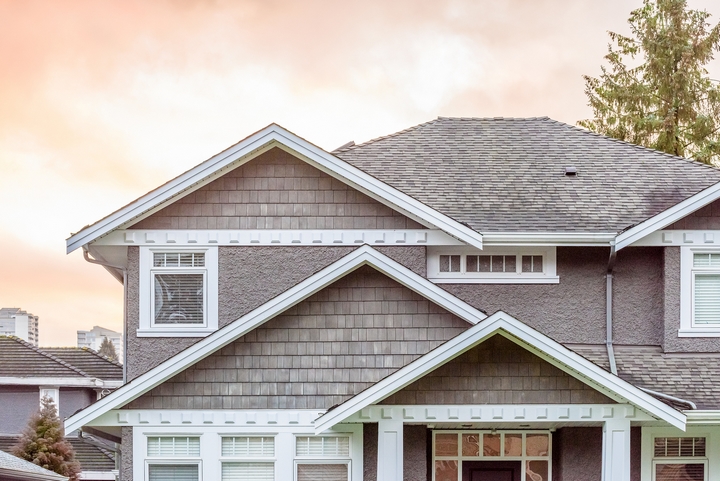
Modern roofing can be fairly energy-efficient and eco-friendly, but some will find flat roofs offer slightly more of an advantage. Flat roofs tend to use a membrane system across rigid sheets of insulation. This means no gaps or possibilities, unlike pitched roofs which are put together panel by panel or piece by piece. The result is the inability to pass air through a flat roof. This protects the climate inside the property from the beating sun or the cold winter air.

